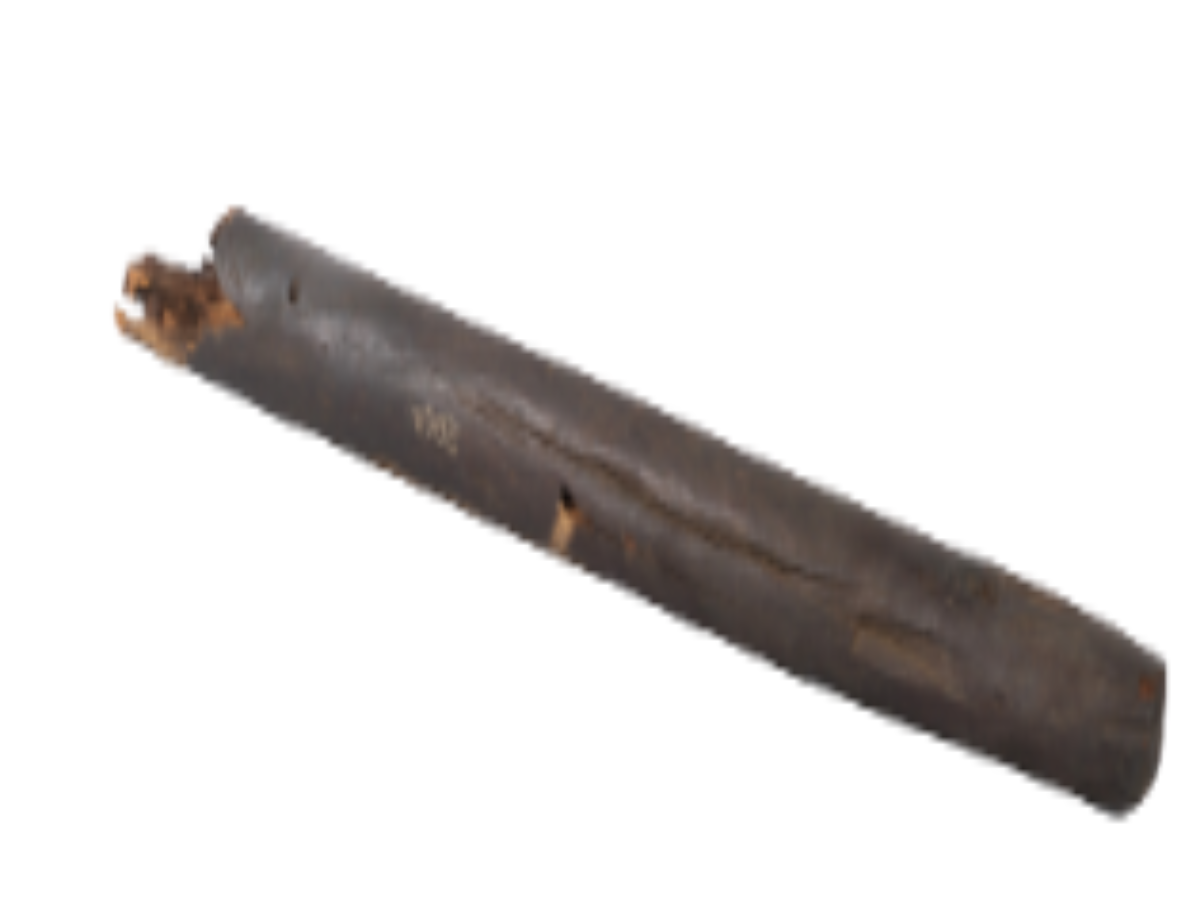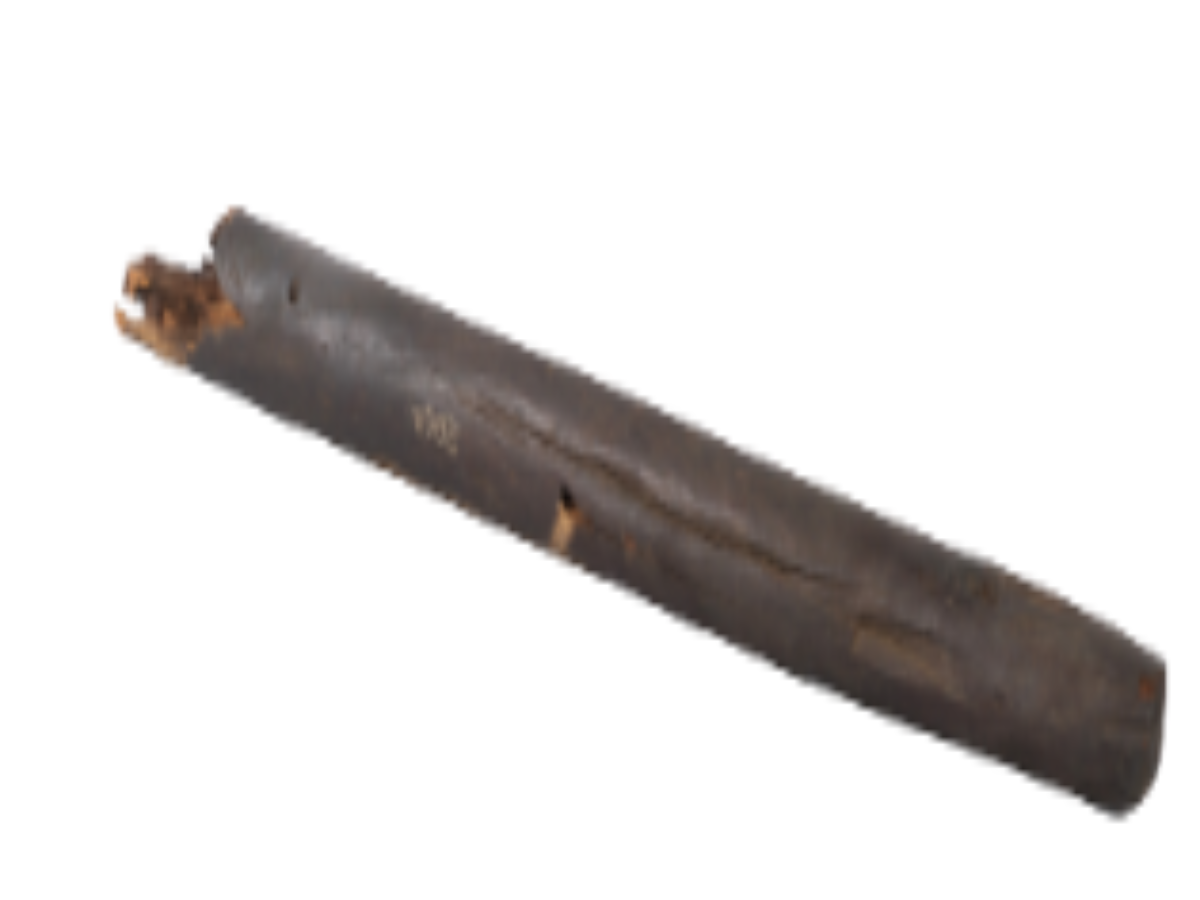State
Tribe Name
Art Type
short description
The Khasi tribe is an ethnic group from the northeastern Indian state of Meghalaya. It is known for the activities of its ancestors-their age-old traditions in agriculture whereby they practiced shifting cultivation, terrace farming on steep slopes, etc. Every tool is handmade and designed to cater for the hilly and dense forest region of the Khasi Hills. One among the most important implements to provide agricultural benefits is the iron hoe-it functions in many tasks specifically digging, tilling, and clearing lands.
Thumbnail

Filter Postion
Right
Filter Background
Off
Theme
Filter Header Image

content
Image

description
The Khasi tribe is an ethnic group from the northeastern Indian state of Meghalaya. It is known for the activities of its ancestors-their age-old traditions in agriculture whereby they practiced shifting cultivation, terrace farming on steep slopes, etc. Every tool is handmade and designed to cater for the hilly and dense forest region of the Khasi Hills. One among the most important implements to provide agricultural benefits is the iron hoe-it functions in many tasks specifically digging, tilling, and clearing lands.
The hoe as found in the Indian Museum, Kolkata, has a long wooden shaft as the handle. Broken on one end, the specimen does reflect Hasan's practical ergonomic design as would be typical of this farming tool. Usually, the other end would have an iron blade fitted and secured by a tang which allows the efficient utilization of the implement for various soil-working activities. It is mainly a tool used for preparing agricultural plots, especially during jhum (shifting) cultivation, and serves to loosen the soil, uproot weeds, etc. The iron hoe is not only an agricultural implement but also a symbolic instrumental tool in interpreting how the Khasi manage their land: sustainable farming and very deep ecological awareness. Such artifacts preserved in museums like the Indian Museum, Kolkata, are in fact symbolic of the culture and agrarian heritage of the tribal communities that the Northeast India boast of, as they give a realistic local insight into indigenous technologies. The Khasi people, who make up the real ethnic population of the state of Meghalaya, practice many age-old traditions associated with agriculture, either shifting cultivation or terrace farming on steep slopes. All tools are handmade and carved out for uses under the hilly-and-dense-forest region of the Khasi Hills. Iron hoe, man-made instruments in farming, serves several purposes like digging, tilling, and clearing land. Although broken at one end, the specimen reflects Hasan's typical practical and ergonomic design usually applied in this farming tool. Normally this will have an iron blade fitted at the other end and secured by a tang that enables the user to perform efficiently all kinds of soil-working activities. Here it is a device that is mainly employed during agricultural plot preparation; particularly for jhum (shifting) cultivation, and loosens soil and uproots weeds-this iron hoe is a device not only having crops but also pledging with ways by which the Khasi implant land practices through sustainable farming and very deep ecological awareness. Such remains in museums like the Indian Museum, Kolkata, are, in fact, icons of culture and agrarian heritage for the tribal communities that Northeast India boasts of, as they give a realistic, local insight into indigenous technologies.
The hoe as found in the Indian Museum, Kolkata, has a long wooden shaft as the handle. Broken on one end, the specimen does reflect Hasan's practical ergonomic design as would be typical of this farming tool. Usually, the other end would have an iron blade fitted and secured by a tang which allows the efficient utilization of the implement for various soil-working activities. It is mainly a tool used for preparing agricultural plots, especially during jhum (shifting) cultivation, and serves to loosen the soil, uproot weeds, etc. The iron hoe is not only an agricultural implement but also a symbolic instrumental tool in interpreting how the Khasi manage their land: sustainable farming and very deep ecological awareness. Such artifacts preserved in museums like the Indian Museum, Kolkata, are in fact symbolic of the culture and agrarian heritage of the tribal communities that the Northeast India boast of, as they give a realistic local insight into indigenous technologies. The Khasi people, who make up the real ethnic population of the state of Meghalaya, practice many age-old traditions associated with agriculture, either shifting cultivation or terrace farming on steep slopes. All tools are handmade and carved out for uses under the hilly-and-dense-forest region of the Khasi Hills. Iron hoe, man-made instruments in farming, serves several purposes like digging, tilling, and clearing land. Although broken at one end, the specimen reflects Hasan's typical practical and ergonomic design usually applied in this farming tool. Normally this will have an iron blade fitted at the other end and secured by a tang that enables the user to perform efficiently all kinds of soil-working activities. Here it is a device that is mainly employed during agricultural plot preparation; particularly for jhum (shifting) cultivation, and loosens soil and uproots weeds-this iron hoe is a device not only having crops but also pledging with ways by which the Khasi implant land practices through sustainable farming and very deep ecological awareness. Such remains in museums like the Indian Museum, Kolkata, are, in fact, icons of culture and agrarian heritage for the tribal communities that Northeast India boasts of, as they give a realistic, local insight into indigenous technologies.
Image Mode
landscape
promoted
On
Verified
Off
